Ikebana is the ancient Japanese art of flower arranging. The name comes from the Japanese ike, meaning ‘alive’ or ‘arrange’ and bana meaning ‘flower.’ It was introduced in Japan in the sixth century by Chinese Buddhist missionaries, who had formalized the ritual of offering flowers to Buddha. The art is based on the harmony of simple linear constructions and the appreciation of the subtle beauty of flowers and natural material, such as branches, stems and rocks.
There are over 3000 schools of Ikebana. The oldest known school is Ikenobo. Ikenobo began at the Rokkaku-do temple in Kyoto where the Ikenobo family had long been head priests.
Over the next few hundred years, Ikebana continued to grow and develop, becoming not just a staple of Buddhism, but a staple of Japanese culture as a whole. This became even more apparent in the late nineteenth century when Western culture was introduced to Japan. Some flower masters embraced Western blooms and incorporated them into the arrangements.
Ikebana is expected to be followed in such a way that it can be admired from all angles, which is why the elements should be carefully arranged in a three-dimensional view.
Overall, there are three styles of ikebana: Moribana uses flat, shallow containers and typically use more than one type of flower. Nageire style uses three plant groupings that form a triangle. And Shoku style has an upright style in a tall vase. Or, you can freestyle your arrangement to your taste.
While it takes years of study and practice to master the intricacies of ikebana, anyone can learn a few basic steps to design beautiful, Asian-inspired floral arrangements.
A Guide to Ikebana Flower Arranging:
Try to maintain sufficient space between the flowers, leaves, and stems. Fill any gap, if present, considering the color and effect of the elements.
Containers play a crucial role in the flower arrangement, and there are different types one can choose from. The most common ones include vases that are small and shallow or tall and slender.
While arranging the flowers, remember their significance. If you use fully-bloomed flowers, the arrangement represents the past. Partially-bloomed flowers represent the present. Flowers that are still in the bud phase, apparently represent the future.
Select one or three larger flowers to be the focal point. Examples are lilies or chrysanthemum shaped flowers. *A natural balance is achieved when you use odd number flowers.

